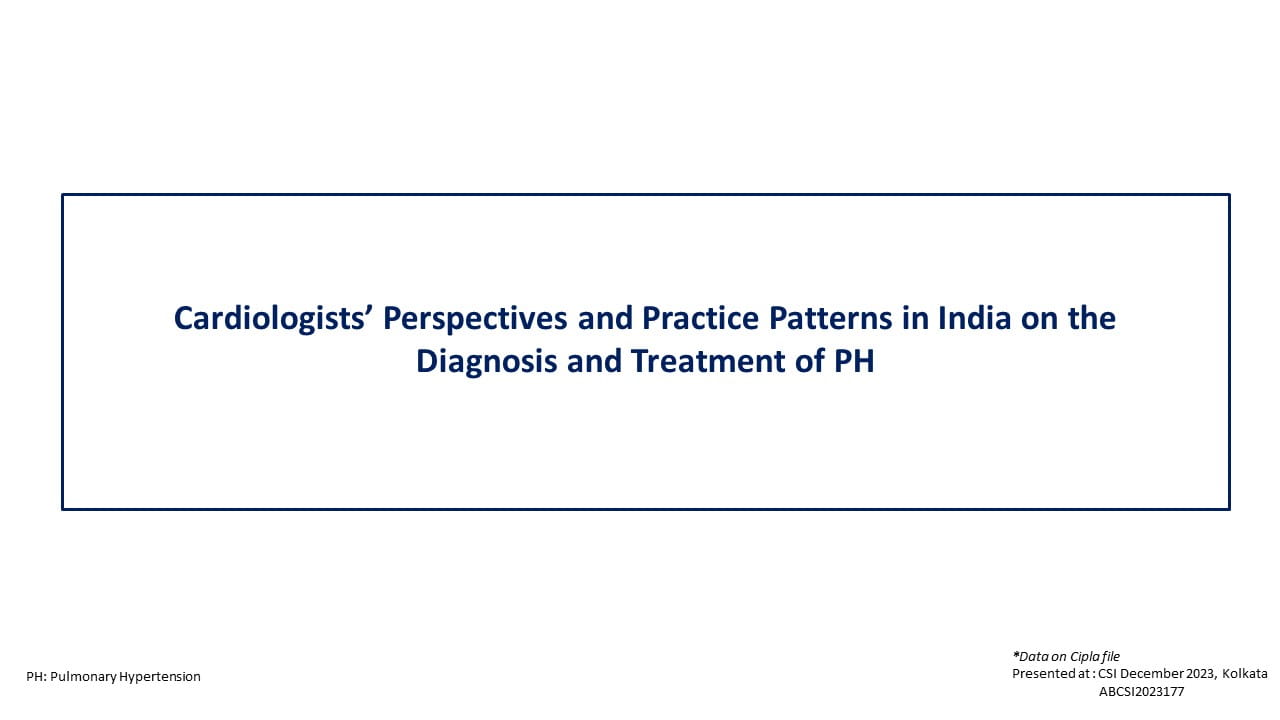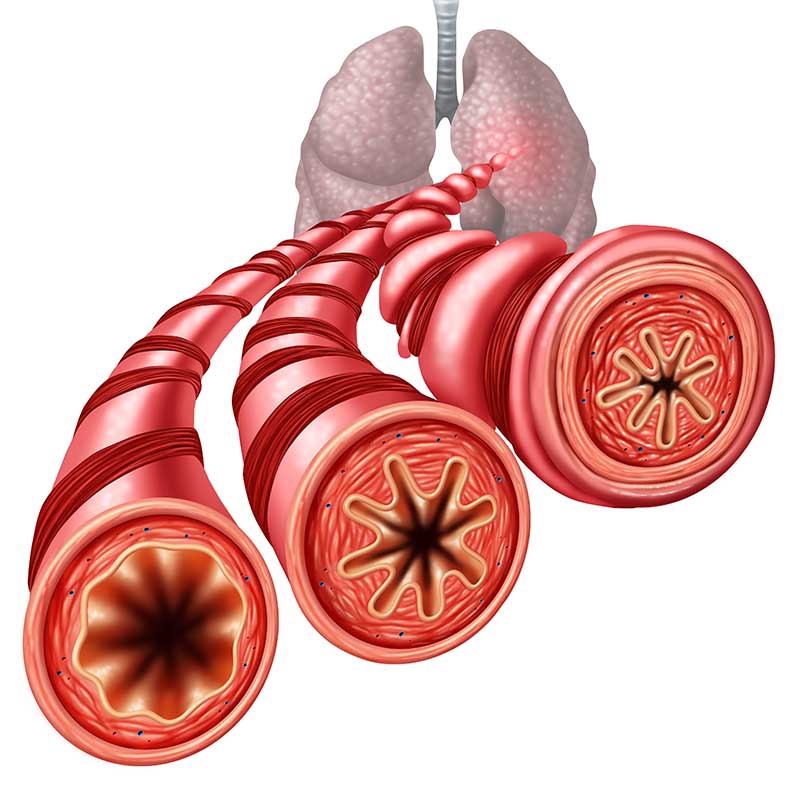Introduction
Resistance to third-generation cephalosporin (3GC) in Enterobacterales is predominantly due to the production of extended-spectrum β-lactamases (ESBL). 3GC-Resistant members of the Enterobacteriaceae represent a significant threat to human health and have been considered a “critical priority” pathogens. Escherichia coli and Klebsiella pneumoniae are common agents of different severe infections in hospitalized patients. The number of deaths due to these species is higher in the United States and Europe. Thus, there is an urgent need for new treatment options targeting these species. Over the past two decades, the CTX-M family of ESBL has emerged as the primary resistance mechanism to 3GC in K. pneumoniae and E. coli. The rapid proliferation of CTX-M-producing Enterobacteriaceae has resulted in increased carbapenem usage, which, in turn, accelerates the emergence of Carbapenem-resistant strains.
Enmetazobactam, also known as AAI-101, is a novel extended β-lactamase inhibitor (ESBLs). Enmetazobactam exhibits strong inhibitory activity against CTX-M, TEM, SHV, and other class A β-lactamases, utilizing a mechanism of action distinct from that of Tazobactam. The fourth-generation cephalosporin cefepime has broad-spectrum activity against Gram-negative pathogens. It is considered stable against AmpC and OXA-48 enzymes. In studies involving cefepime-nonsusceptible Enterobacteriaceae, the combination of enmetazobactam with cefepime showed in vitro activity comparable to that of meropenem.
Cefepime/enmetazobactam is a novel β-lactam/β-lactamase inhibitor (BLBLI) and a potential empirical therapy for resistant Gram-negative infections. Among patients with complicated UTI or Acute Pyelonephritis (AP) caused by Gram-negative pathogens, Cefepime/enmetazobactam, compared to Piperacillin/tazobactam, met the criteria for non-inferiority as well as superiority concerning the primary outcome of clinical cure and microbiological eradication.
Aim
- In this study, the in vitro activity of cefepime-enmetazobactam was evaluated against 1,993 clinical isolates of Enterobacteriaceae and Pseudomonas aeruginosa collected in the United States and Europe between 2014 and 2015. E. coli or K. pneumoniae isolates were classified as having an 'ESBL genotype' if they contained a gene encoding an ESBL according to the Bacterial Antimicrobial Resistance Reference Gene Database, regardless of the presence of AmpC and/or OXA-48 gene sequences. Isolates were classified as having a “KPC genotype” if an isolate contained a gene encoding a KPC irrespective of the presence of an ESBL, AmpC and/or OXA-48 gene sequences. Additionally, enmetazobactam was compared to Tazobactam when used in combination with cefepime against a subset of ESBL-producing K. pneumoniae isolates.
Method
- Bacterial isolates were collected from hospitalized patients with complicated Urinary Tract Infections (cUTI), acute pyelonephritis (AP), pneumonia, and intra-abdominal infections. Pathogen identification and susceptibility testing were performed by IHMA Europe Sàrl. Organisms were identified using Matrix-assisted laser desorption ionization-time of flight mass spectrometry (MALDI-TOF), and Minimum Inhibitory Concentrations (MICs) were determined by broth microdilution according to Clinical and Laboratory Standards Institute (CLSI) guidelines.
- Susceptibility to comparator antibiotics was assessed using the 2019 CLSI and European Committee on Antimicrobial Susceptibility Testing (EUCAST) breakpoints, as cefepime-enmetazobactam breakpoints were unavailable. For comparison purposes, CLSI or EUCAST breakpoints for cefepime alone were applied to Cefepime-enmetazobactam. Quality control was performed daily using standard strains as per CLSI guidelines. Cefepime-enmetazobactam and cefepime-tazobactam MICs were determined with 8 µg/ml of fixed inhibitor concentrations. CLSI-approved quality control ranges were used for cefepime-enmetazobactam. The epidemiological cutoff (ECOFF) values were predicted using ECOF Finder for Microsoft Excel v1812. E. coli and K. pneumoniae isolates with a cefepime MIC of ≥1 µg/ml were genotyped using multiplex PCR for genes encoding class A ESBLs (CTX-M, SHV, and TEM) and KPCs, MBLs (IMP, VIM, NDM, and SPM), AmpCs (ACC, CMY, DHA, FOX, and ACT), and class D (OXA-48-like β-lactamases).
Results
- A total of 1,993 clinical isolates of Gram-negative pathogens were included in the dataset, collected from patients with severe healthcare-associated infections. The species distribution was as follows: 35% E. coli, 40% K. pneumoniae, 10% Enterobacter spp. (5% E. aerogenes and E. cloacae), and 15% P. aeruginosa.
- The proportion of K. pneumoniae isolates was increased relative to its clinical prevalence to ensure a sufficient number of ESBL-producing isolates, which are the primary target for cefepime-enmetazobactam. Among the 265 isolates with a cefepime MIC of ≥1 µg/mL, genotyping revealed that 91.2% of E. coli and 64.9% of K. pneumoniae carried CTX-Ms. Additionally, 29.8% of K. pneumoniae isolates had KPCs, 17.2% had SHVs, and 11.3% had OXAs. Multiple β-lactamases were found in 7.9% of E. coli isolates and 23.2% of K. pneumoniae isolates.
- Cefepime-enmetazobactam showed strong activity against Gram-negative pathogens. The MIC distributions for cefepime and cefepime-enmetazobactam across all tested pathogens are shown in Figure 1. For the 1,696 Enterobacteriaceae isolates, the addition of Enmetazobactam reduced the MIC90 of cefepime by seven doubling dilutions, from 32 µg/mL to 0.25 µg/mL. A similar reduction was observed for E. coli isolates, with the MIC90 shifting from 16 µg/mL to 0.12 µg/mL. For K. pneumoniae, the MIC90 decreased by at least eight doubling dilutions, from >64 µg/mL to 0.5 µg/mL. For E. cloacae and E. aerogenes, MIC90s were reduced by four doubling dilutions (from 16 µg/mL to 1 µg/mL) and by one doubling dilution (from 0.5 µg/mL to 0.25 µg/mL), respectively. ECOFF values were 0.12 µg/mL for E. coli and K. pneumoniae, 0.12 µg/mL for E. aerogenes, 0.25 µg/mL for E. cloacae, and 16 µg/mL for P. aeruginosa (Table 1).
- Enmetazobactam restored cefepime's effectiveness against ESBL-producing E. coli and K. pneumoniae. For ESBL-producing E. coli isolates, Enmetazobactam decreased the cefepime MIC90 by at least ten doubling dilutions, from >64 µg/mL to 0.12 µg/mL. For ESBL-producing K. pneumoniae, the MIC90 was reduced by at least seven doubling dilutions, from >64 µg/mL to 1 µg/mL. Enmetazobactam shifted one ESBL-producing isolate from the resistant to the susceptible category, thereby restoring cefepime's activity against these species.
- Enmetazobactam is more effective than tazobactam against ESBL-producing K. pneumoniae isolates. At a fixed concentration of 8 µg/mL combined with cefepime, enmetazobactam decreased the MIC90 of cefepime from over 64 µg/mL to 1 µg/mL, while tazobactam reduced it to 8 µg/mL (Table 2).
Table 1: Epidemiological cutoff (ECOFF) values for species
|
Species |
Epidemiological cutoff (ECOFF) values |
|
E. coli |
0.12 µg/mL |
|
K. pneumoniae |
0.12 µg/mL |
|
E. aerogenes |
0.12 µg/mL |
|
E. cloacae |
0.25 µg/mL |
|
P. aeruginosa |
16 µg/mL |
Table 2: Reduction in MIC90 values: cefepime-enmetazobactam vs. cefepime-tazobactam
|
Species |
Cefepime-enmetazobactam (Reduction in MIC90) |
Cefepime-tazobactam (Reduction in MIC90) |
|
K. pneumoniae ESBL genotype |
64 µg/mL to 1 µg/mL |
64 µg/mL to 8 µg/mL |
Figure 1: Distribution of MIC values for cefepime and cefepime-enmetazobactam against Gram-negative pathogens
- The activity of cefepime-enmetazobactam compared to other agents: The percentages of susceptible isolates (Table 3) were evaluated for β-lactam antibiotics. For cefepime-enmetazobactam, cefepime breakpoints ranging from 1 µg/mL (EUCAST susceptible category) to 8 µg/mL (CLSI susceptible-dose dependent (SDD) category) were used for comparison.
Table 3: Evaluation of the efficacy of cefepime-enmetazobactam and other comparator agents against clinical gram-negative isolates
Species
Drug
Region
90MIC
90MIC
Range
Enterobacteriaceae (848)
Cefepime
United States
0.06
4
0.015 to >64
Cefepime-enmetazobactam
0.06
0.25
0.015 to >64
Piperacillin-tazobactam
2
32
0.12 to >128
Meropenem
0.03
0.03
0.008 to >8
Ciprofloxacin
0.03
>16
0.004 to >16
Cefepime
Europe
0.06
>64
0.015 to >64
Cefepime-enmetazobactam
0.06
0.25
0.015 to >64
Piperacillin-tazobactam
2
>128
0.25 to >128
Meropenem
0.03
0.06
0.008 to >8
Ciprofloxacin
0.03
>16
0.004 to >16
E. coli (697)
Cefepime
0.06
16
0.015 to >64
Cefepime-enmetazobactam
0.06
0.12
0.015 to 32
Piperacillin-tazobactam
2
8
<0.12 to >128
Meropenem
0.015
0.03
0.008 to >8
Ciprofloxacin
0.015
>16
0.004 to >16
E. coliESBL genotype (109)
Cefepime
16
>64
0.012 to >64
Cefepime-enmetazobactam
0.06
0.12
0.016 to 32
Piperacillin-tazobactam
4
64
<0.5 to >128
Meropenem
0.03
0.03
0.008 to >8
Ciprofloxacin
>16
>16
0.008 to >16
K. pneumoniae (799)
Cefepime
0.06
>64
0.015 to >64
Cefepime-enmetazobactam
0.06
0.5
0.015 to >64
Piperacillin-tazobactam
4
>128
0.25 to >128
Meropenem
0.03
0.12
0.008 to >8
Ciprofloxacin
0.03
>16
0.004 to >16
P. aeruginosa (297)
Cefepime
United States
4
16
0.5 to >64
Cefepime-enmetazobactam
4
16
0.12 to >64
Piperacillin-tazobactam
4
64
0.12 to >128
Meropenem
0.5
8
0.015 to >8
Ciprofloxacin
0.12
8
0.03 to >16
Cefepime
Europe
4
32
0.12 to >64
Cefepime-enmetazobactam
4
32
0.12 to >64
Piperacillin-tazobactam
8
>128
0.25 to >128
Meropenem
0.5
>8
0.03 to >8
Ciprofloxacin
0.25
>16
0.0004 to >16
- Applying these cefepime breakpoints to cefepime-enmetazobactam resulted in cumulative inhibition rates from 96.2% to 98.1%. Applying breakpoints of 1 to 8 µg/mL to cefepime-enmetazobactam yielded cumulative inhibition rates of 93.2% to 96.4% for K. pneumoniae isolates. For E. aerogenes and E. cloacae isolates, cumulative inhibition rates ranged from 99.0% to 100% and 92.0% to 97.0%, respectively. In contrast, applying breakpoints of 1 to 8 µg/mL for cefepime-enmetazobactam to K. pneumoniae isolates with a KPC genotype resulted in cumulative inhibition rates between 6.7% and 42.2%.
- Resistance to 3GCs significantly narrows the range of empirical treatment options available to clinicians. Carbapenem-resistant infections pose a major public health threat, leading to increased morbidity and mortality. Antimicrobial stewardship programs advocate for carbapenem-sparing strategies to address this issue. Piperacillin-tazobactam is often considered a carbapenem-sparing alternative for infections caused by ESBL-producing E. coli and K. pneumoniae. However, recent findings from the MERINO study suggest that piperacillin-tazobactam is not an effective substitute for Meropenem in patients with bloodstream infections caused by ceftriaxone-resistant E. coli or K. pneumoniae.
- This study demonstrated that enmetazobactam restored the activity of cefepime, a fourth-generation cephalosporin, against recent clinical isolates of Enterobacteriaceae from the United States and Europe that produce various ESBLs. Using the CLSI breakpoint for cefepime, cefepime-enmetazobactam effectively addressed these resistant strains. The combination outperformed piperacillin-tazobactam and was comparable to meropenem against the entire Enterobacteriaceae panel, particularly against ESBL-producing E. coli and K. pneumoniae. However, its activity against KPC-producing Enterobacteriaceae was limited. Additionally, enmetazobactam significantly enhanced cefepime's in vitro efficacy against E. cloacae, showing a markedly improved MIC90 compared to piperacillin-tazobactam and ceftolozane-tazobactam, and an MIC90 comparable to ceftazidime-avibactam.
CONCLUSION
This study indicates that in regions with a high prevalence of ESBL-producing Enterobacteriaceae, cefepime-enmetazobactam serves as a valuable carbapenem-sparing option for the empirical treatment of serious Gram-negative infections.
KEY MESSAGES
- Cefepime/enmetazobactam is a novel β-lactam/β-lactamase inhibitor combination for the treatment of resistant Gram-negative infections.
- This combination is an empirical treatment option in infections caused by ESBL-producing Enterobacteriaceae.
- The in vitro activity of cefepime/enmetazobactam is superior to piperacillin-tazobactam and comparable to carbapenem. Hence serves as a valuable carbapenem-sparing option.
Antimicrob Agents Chemother. 2019; 63(7): e00514-19










